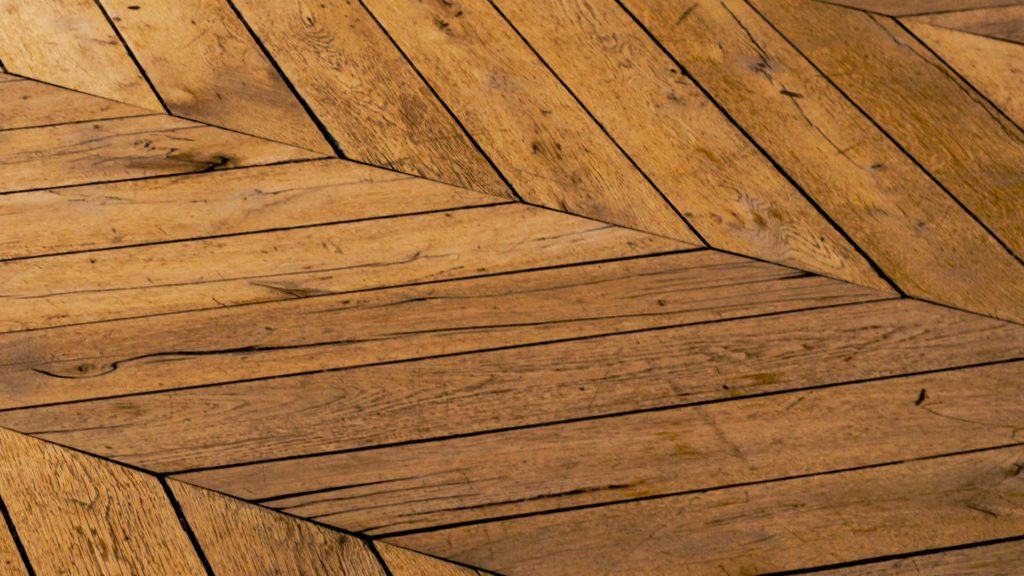
Wood Primer
We stock a wide and varied range of wood primer, perfect for whatever project you have in mind. We deliver our primer all throughout Ireland and internationally. Give your wood the correct treatment with the correct wood primer for your wood surface before you start into your big project.
What does wood primer actually do? Wood primer does a few essential things. First, it fills the grain, giving you a smoother and more even finish. Secondly, it seals the bare wood meaning that your next coat won’t just soak into the surface and go patchy. Finally, it means that you will not have to apply multiple top coat to get the desired results. This improves results overall and saves time.
Before applying your primer, you will have to have put in some work yourself. You will have to rub the surface down with two or three grades of sandpaper, being very sure to follow the grain always. This needs to be done before applying one coat or the next after one coat of two coats. Other popular options are oil based primer that can be used on wood.
Nitrocellulose Wood Primer
Nitrocellulose wood primers are known for their quick drying and excellent sanding qualities. Give yourself a quality paint to work from and make something great with a NC primer brush.

Nitrocellulose White 103
High build fast drying with excellent sanding qualities
–
20 & 5L
–
Product Code: 210103

Nitrocellulose Grey 030
High build fast drying grey with excellent sanding qualities
–
20L
–
Product Code: 240030
Acid Catalyst Primer for Wood Surface
Acid Catalyst primers are a must when working with AC products. Our acid catalyst wood primer comes in grey, and is quick drying letting you get to work quickly. It is intended to be sprayed on to wood and has is brilliant to sand. Once this wood primer is applied, you can get to work with the next step in the process of your paint project.

Acid Catalyst White 100
High build primer with excellent coverage
–
25KG
–
Catalyst: 3900004
–
Mix: 10%
–
Product Code: 310100
Polyurethane Primer
Polyurethane wood primers come in many colour variations, each with their own benefits when painted. Get great sealing power with our selection of sealers that are sure to give you excellent finishes and amazing results. Our polyurethane wood primer is the perfect colour match up for our range of pigmented polyurethane paint.

PU White Premium Sealer 001
Premium High Quality PU Primer with excellent coverage
–
25 & 7 KG
–
Catalyst: 190025/190013
–
Mix: 50%
–
Product Code: 310100

PU White Premium Sealer 001
Fast drying PU basecoat suitable for open or closed pore finishes
–
20 & 5L
–
Catalyst: 190025/190013
–
Mix: 50%
–
Product Code: 110026

PU Clear Sealer 085
Premium basecoat with high filling power & excellent sanding
–
20 & 5L
–
Catalyst: 190025/190013
–
Mix: 50%
–
Product Code: 110085

PU Clear Self Sealer 101MT
Self Sealer PU product with silk like feel and good covering power
–
20 & 5L
–
Gloss: 25%
–
Catalyst: 190013
–
Mix: 50%
–
Product Code: 120101

PU Clear Self Sealer101ST
Self Sealer PU product with silk like feel and good covering power
–
20 & 5L
–
Catalyst: 190013
–
Mix: 50%
–
Product Code: 120102
UV Primer
Give yourself a high quality base to work from when painted. UV wood primers are the perfect base for all your UV lacquers. UV offers complete protection against UV damage from the sun meaning your painted wood will keep in top shape for longer. All of this, and its quick drying qualities make it the perfect choice for your next job.

UV White Primer 0011 Roller
UV white roller coat primer that offers tough durable foundation for PU or UV finish
–
25 KG
–
Product Code: 600011
Polyester Primer
Polyester wood primers offer very high builds, sure to help fill any pores, stains or gaps in the painted wood thanks to their high solid content.. They also have very little shrinkage, meaning that you will not have to deal with imperfections in the paint once you put on your topcoat. Polyester is most commonly used in closed pore cycles and modern furniture coatings.

PO White Primer 008
UV white roller coat primer that High build & extremely durable white Polyester Primer
–
25KG
–
Product Code: 640008
Water Based Primer
Get an easy to apply, high coverage and high build white wood primer that is perfect for painting on surfaces and for indoor use.

White Water Based Primer
Water based primer suitable for interior use with high covering power & excellent drying
–
5 & 20Kg
–
Product Code: 270020
Acrylic Primer

AC Clear Self Sealer 014 SMT
Natural effect acrylic self-sealer suitable for high sun exposure & low gloss finish
–
20L
–
5% Gloss
–
Catalyst: 190070
–
Mix: 10%
–
Product Code: 130014

AC Clear Self Sealer 016 MT
Natural effect acrylic self-sealer suitable for high sun exposure & Semi matt finish
–
20L
–
15% Gloss
–
Catalyst: 190070
–
Mix: 10%
–
Product Code: 130016

